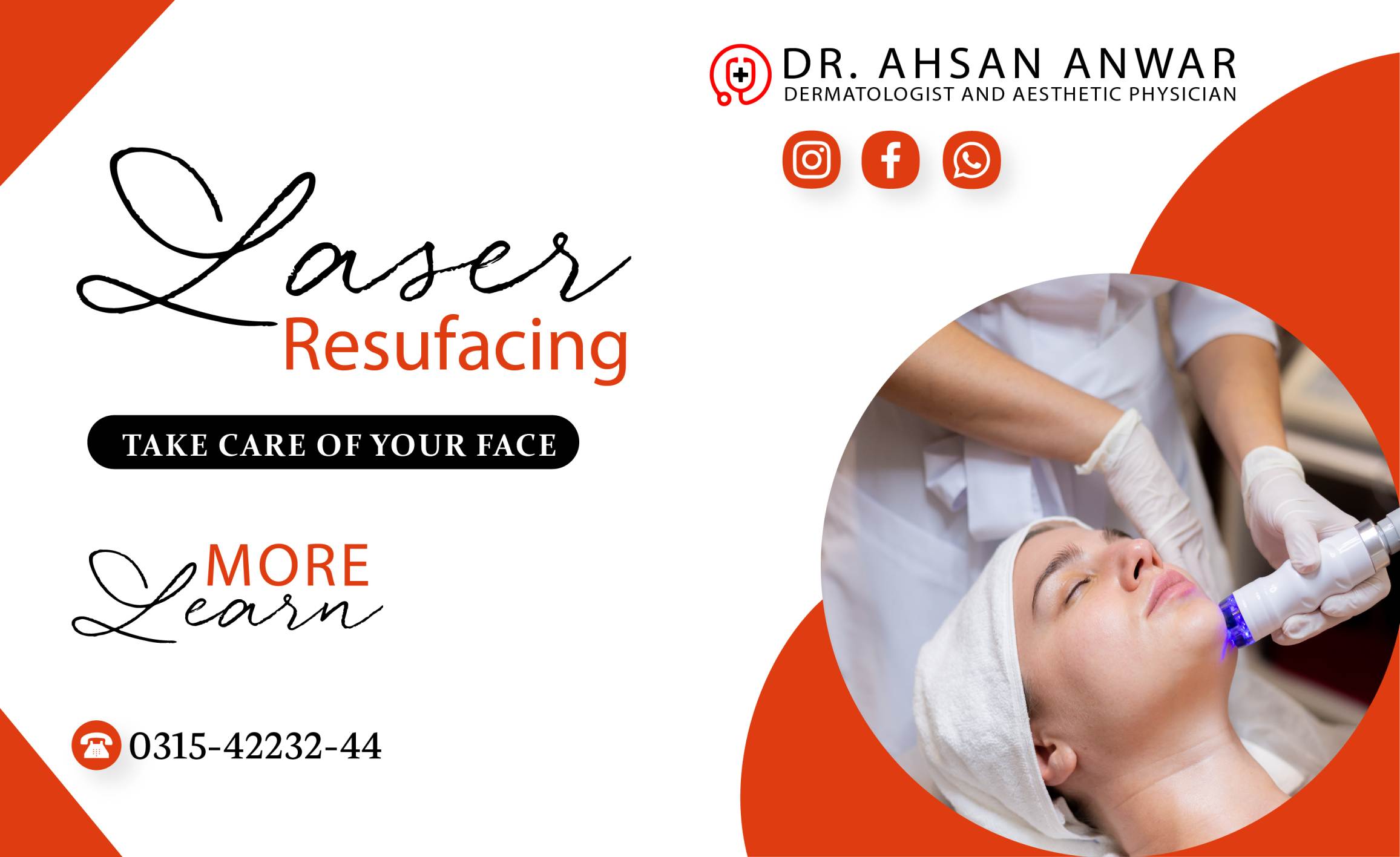
What is Laser Resurfacing
Laser resurfacing is a cosmetic procedure that uses a laser to improve the appearance of the skin. It involves removing the top layer of skin using a laser to reveal a smoother, more youthful-looking complexion. The laser can also stimulate the growth of collagen, a protein that gives the skin its elasticity and firmness, leading to improved texture and tone.
Laser resurfacing can be used to treat a variety of skin concerns, including fine lines and wrinkles, acne scars, sun damage, and age spots. There are two main types of laser resurfacing: ablative and non-ablative.
Ablative laser resurfacing removes the outer layer of skin, which is then replaced with new skin. This type of laser resurfacing is typically used for more severe skin issues, as it can cause some discomfort and requires a longer recovery time.
Non-ablative laser resurfacing, on the other hand, targets the deeper layers of skin without removing the outer layer. This type of laser resurfacing is less invasive and requires less downtime than ablative laser resurfacing, but may require multiple treatments to achieve the desired results.
Laser resurfacing should always be performed by a licensed and experienced professional, as there are some risks and potential side effects associated with the procedure, such as redness, swelling, and temporary changes in skin color. It is also important to follow proper aftercare instructions to ensure the best possible results.
Benefits of Laser Resurfacing
Laser resurfacing is a skin care procedure that uses a laser to remove the outer layer of skin. This treatment can provide several benefits for the skin, including:
- Reducing the appearance of wrinkles and fine lines: Laser resurfacing can stimulate collagen production in the skin, which helps to reduce the appearance of wrinkles and fine lines.
- Improving skin texture and tone: This treatment can improve the texture and tone of the skin, making it look smoother and more even.
- Treating acne scars: Laser resurfacing can help to reduce the appearance of acne scars by removing the damaged skin cells and stimulating the production of new, healthy skin cells.
- Fading hyperpigmentation: The laser can target areas of hyperpigmentation and break up the excess melanin, which can help to fade dark spots and uneven skin tone.
- Minimizing pores: Laser resurfacing can help to minimize the appearance of enlarged pores by tightening the skin and reducing oil production.
- Enhancing the effectiveness of skincare products: By removing the outer layer of skin, laser resurfacing can help skincare products penetrate deeper into the skin, making them more effective.
Overall, laser resurfacing can provide a significant improvement in the appearance and health of the skin, with long-lasting results. However, it is important to consult with a dermatologist or skincare professional to determine if this treatment is right for you, as it may not be suitable for all skin types and conditions.



